Your car isn’t starting right when you need it the most is a frustrating and difficult experience for everyone to handle. You might be on the way to your important meeting or have a schedule to follow. And this is the last thing that you wanted to happen.
Most of the time, the problems might come from a weary battery or a dead car battery. And you could fix this with a quick jump-start of the vehicle.
However, there are chances that your car won’t start with jump, and you’ll need to investigate the issues further.In the following article, we’ll be discussing the causes for your cars not starting or jumped car won’t start, together with ways that you can troubleshoot and fix your problems.
Reasons for Battery Failures
There are many reasons your car battery may choose not to perform on one of those days. So, as automobile owners, you’ll need to be aware of them and be well-prepared.
High and Low Temperatures
The first and foremost reason for a bad battery is the temperature. Inside the battery are the positive and negative plates. And as the temperature rises, the heat will promote the corrosions inside the plates, leading to battery corrosion.
At the same time, the cold weather conditions will reduce the battery life, making it more difficult to ignite the engines.
If this happens, you will need to take your car somewhere with a warm temperature and proceed with your starting attempts in order to tackle this issue.
Impacts and Vibration
A battery consists of many internal components that are properly aligned and working in relation to each other. To be more specific, this means that any disruptions between these components can lead to a dead battery and your car not starting.
So, if your car often travels on bumpy roads or has recently had strong contacts, it is recommended that you check the battery health frequently to avoid these problems.
Consistently Low Battery
Keeping your battery at its low capacity for a long time is not recommended since the discharged materials inside it can form large crystals, which prevent the battery from being recharged properly. Thus, reducing its health and battery age.
This should be avoided at all costs. These usually happen after deep battery drains, and your failed recharges. So, make sure always to pay attention to the car battery statuses when working with them. Don’t let things get out of hand.
A Faulty Alternator
It is inevitable that your battery will come with an inbuilt alternator that regulates the charging current and battery checks capacity. If your alternative is having troubles, then you’ll find your battery being undercharged and consistently losing its powers until it’s completely unsalvageable.
So, as car owners, you’ll need to regularly check the battery health for any noticeable issues and ensure that the alternator is functioning properly.
Poor Application and Installation
Sometimes, problems can happen if your battery is poorly engineered, either with a battery of wrong dimensions or the connections aren’t properly installed. Also, it’s not recommended to have many electrical accessories installed in one system, especially those that are not essential to the operations of your vehicles.
Car Being Neglected
A common cause your car won’t start is the battery cable having buildups and rusts, which prevent the electric current from being properly transferred. This usually happens when your cars have been neglected for a long time. Or it could be that the cable connections are not properly adjusted after your last maintenance.
How To Jump-Start Your Car?
For those of you who are interested, you can follow the given steps to jump-start your car in cases when the battery is at low capacity or dead. With dead batteries, you won’t see anything appearing on the vehicle.
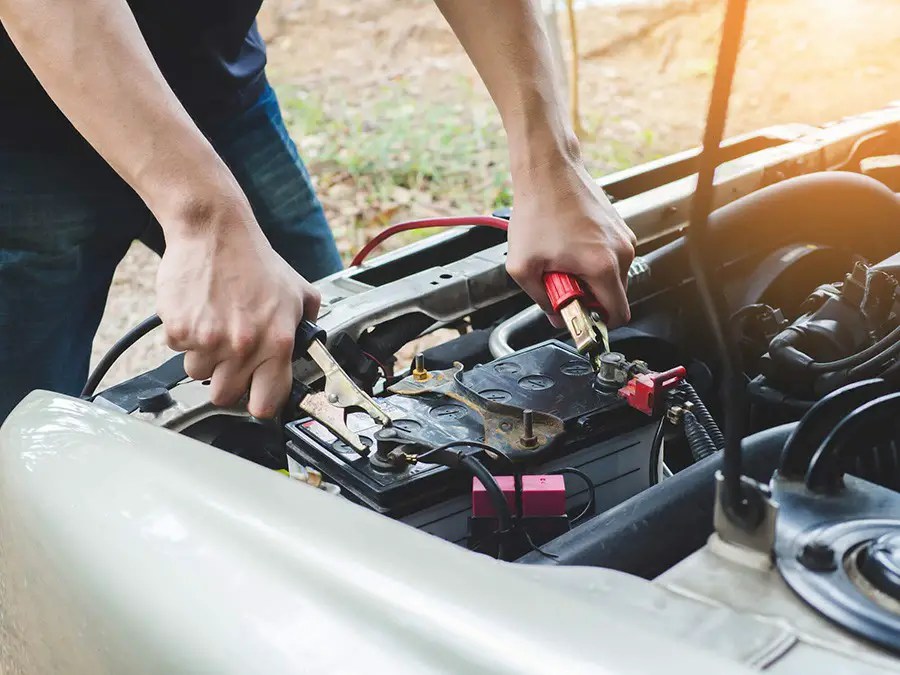
Step 1 – Get your jumper cables and find a car
To work on jumpstarting your cars, you will need to prepare your jumper cables and a functioning car battery, usually those that are on working vehicles. Look for the cables in any mechanic and automobile store. Always keep it inside your trunk since you’ll be needing the device in the future.
The supporting battery can be from your other vehicles or any drivers who stop on the roads and are willing to help you.
Step 2 – Move the two cars next together
Make sure that the cars are close enough so the jumper cables can easily reach from one battery to the others. And don’t forget to leave some room in between so you can freely work on maneuvering the cables.
Once it’s done, you’ll need to completely shut off the two vehicles and open up their hoods or trunks to access the batteries.
Step 3 – Locate the positive and negative terminals
On both batteries, you can find the positive and negative terminals having red and black colors, respectively, which also correspond to the colors on the jumper cables. Remember these colors and never confuse between them to avoid accidents.
Step 4 – Connect the batteries
For a dead battery – On the working batteries, the positive and negative clamps should be connected to the respective terminals. The other positive clamp will go on the positive terminal on the dead battery, while the negative clamp will be hooked to any metal ground, which could be the metal frame of the vehicle or the engine block.
For a low battery – The connections between the two batteries should be quite straightforward. Black (negative) connected to black (negative), and red (positive) connected to red (positive). Do not forget about this pattern whenever you need to jump-start your car.
Step 5 – Start the car with the working battery
Once the connections are properly set up, you would want to start the car with the charged battery and wait for a couple of minutes. After that, you can move to the car with the dead battery and try to start it again.
There are high chances that your car will start after this step. If it does not, you can always try again. Simply restart step 5 and wait for the results. Sometimes, there can be certain cases, even if you had multiple attempts.
Step 6 – Remove the cables
After you’re done jumpstarting the vehicles, you will need to remove the battery cables. Starting from the failed battery, then moving on to the working ones. Be careful not to touch the metal parts of the clam and make sure that the two clams aren’t touching each other.
Why Your Car Won’t Start If The Battery Is Still Good?
Low on Fuel or Bad Gas
If you’re lucky and forgetful at the same time, your car isn’t starting can simply because it is low on fuel or has bad gas. This could be caused by you leaving the vehicle in the garage for a very long time and forgetting to refill it the next time. Otherwise, your fuel indicator might be working incorrectly, causing the car to have bad reads.
Sometimes, having bad gas pumping into your system can cause all sorts of trouble. In this case, you would want to give the tank a few taps in hopes that it might reset the fuel at the bottom, which is enough for you to start the engine. Or you can try to drain out all the bad gas and refill with new fuel.
Clogged Fuel Filter
Another problem that you can have with the fuel is a clogged filter. Since your fuels are not completely clean, each time you refill the tank, there will be residue left in the bottom. With time, the residues will build up and cause the filters to get clogged.
And sometimes, these residues even reach inside the system and cause further disruptions. These will prevent the gasoline from reaching your engine and cause failed ignitions.
So, you should always clean the fuel filter every once in a while to ensure the car is getting its fuel properly. And when it’s time for replacements, the general rule of thumb is to change the fuel filter every 15,000 to 20,000 kilometers.
Defected Ignition Switch
Another reason is because of a defective ignition switch, which is responsible for sparking fires when the fuel enters the chambers. After a few troubleshoots on the battery and the fuel, then proceed to start the vehicle; you can hear the car cranking, but it doesn’t start. This concludes the problems being on the spark plug, which will require replacements as soon as possible.
Faulty Starter
Inside each vehicle is an electrical motor that’s responsible for starting the engine once the fuel has entered the chambers and the fires are ignited. If there are any problems with this motor, your car won’t be ready for action, and it’ll fail to start after a few cranking noises and engine sounds.
Conclusion
There can be many causes that prevent your engine from starting correctly and properly or even starting at all. So, make sure to always take good care of your car to avoid any issues when you need your automobile to function properly.
And if you’re already on the road, then you could use all the given troubleshoots and fixes to identify the problems. Attempt to start the car and get yourself to the destinations with the jumpstarts and quick fixes.

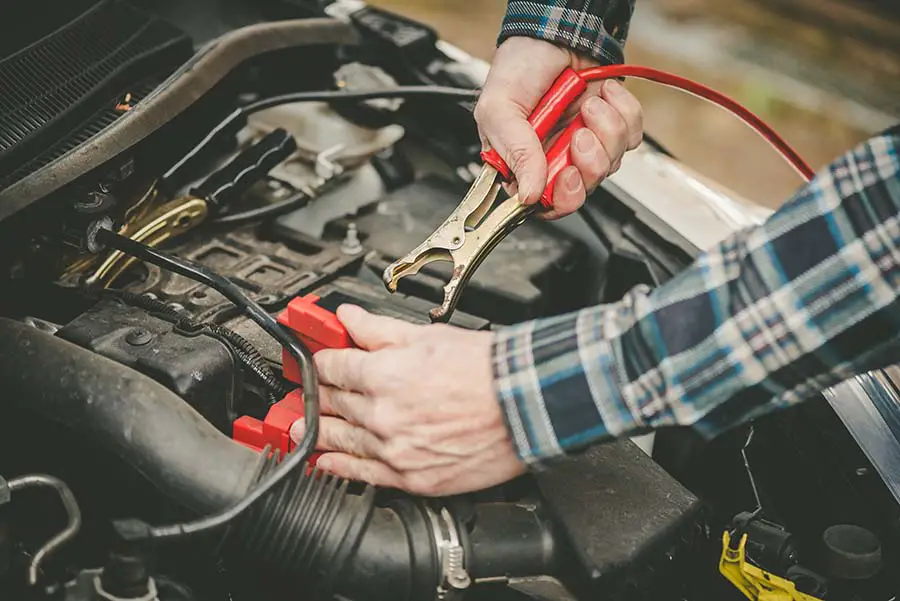

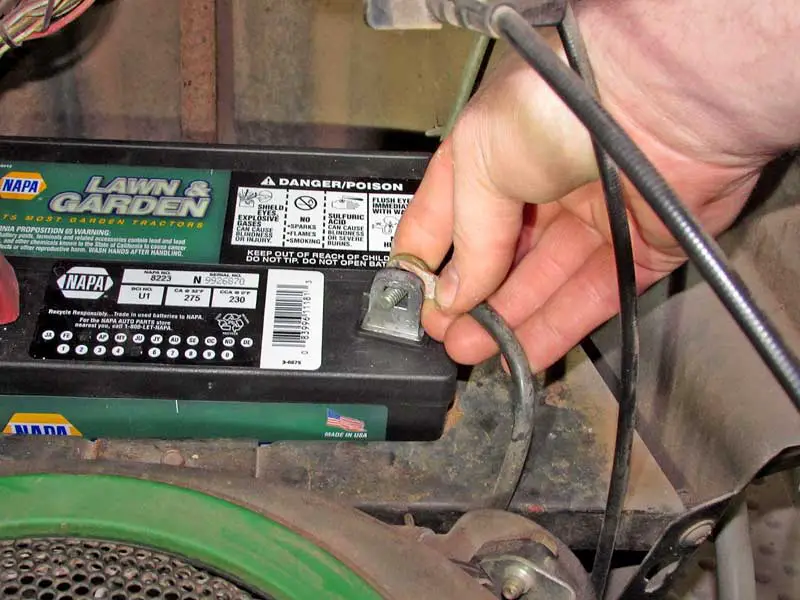
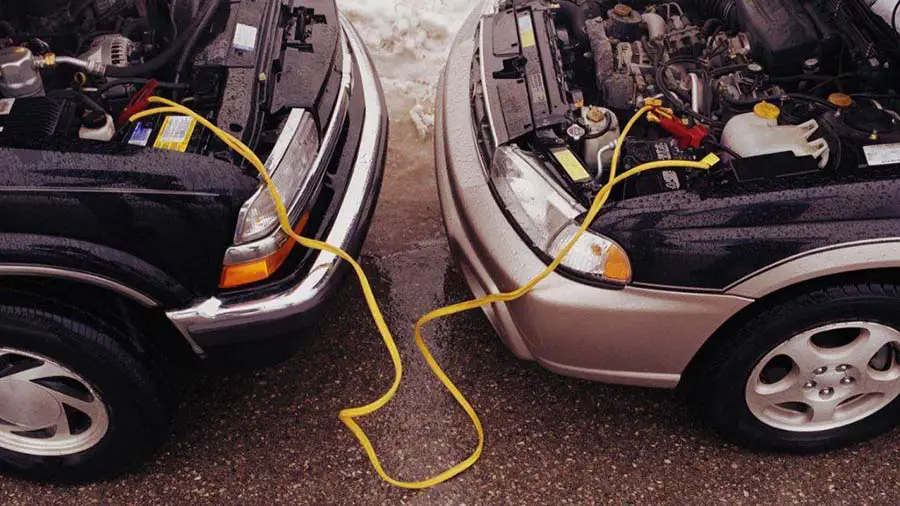
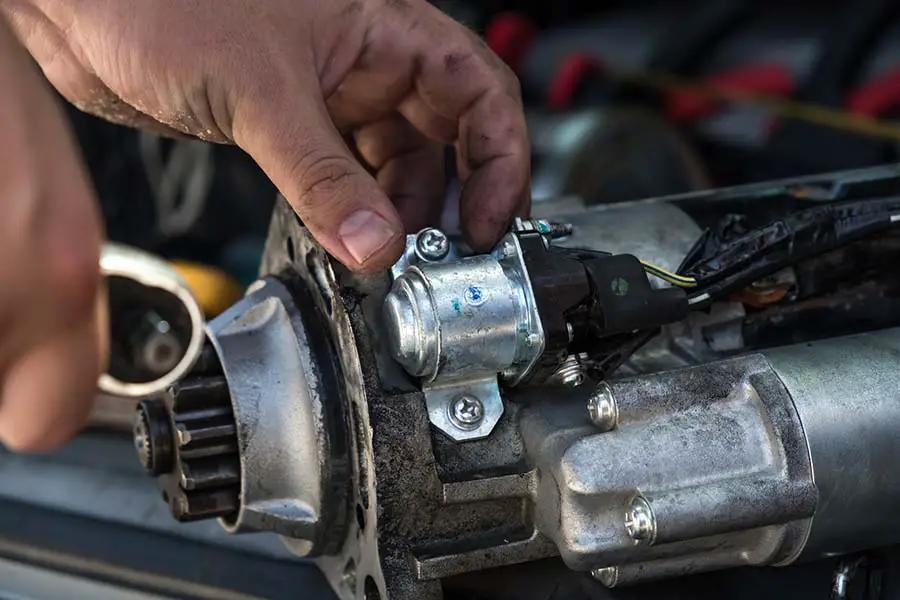
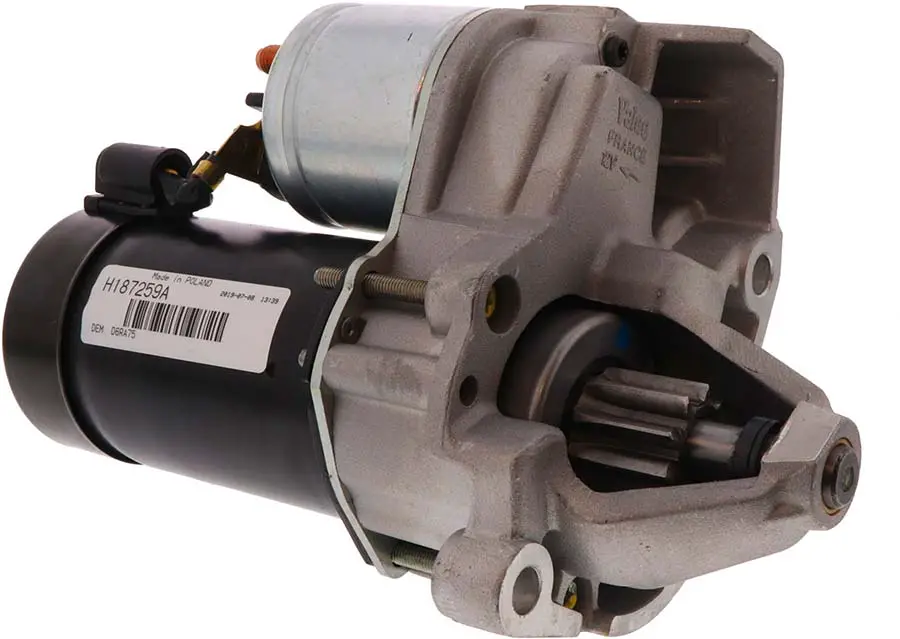
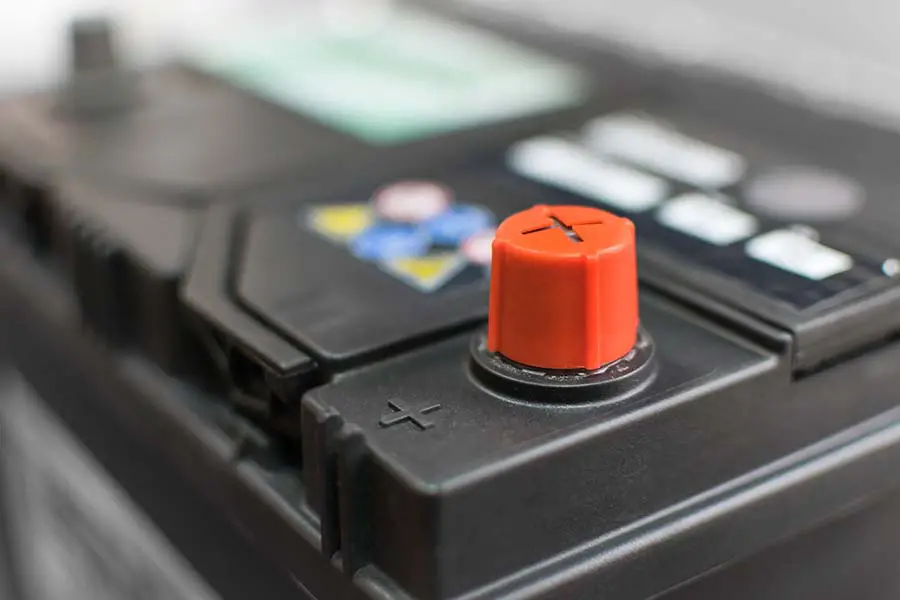
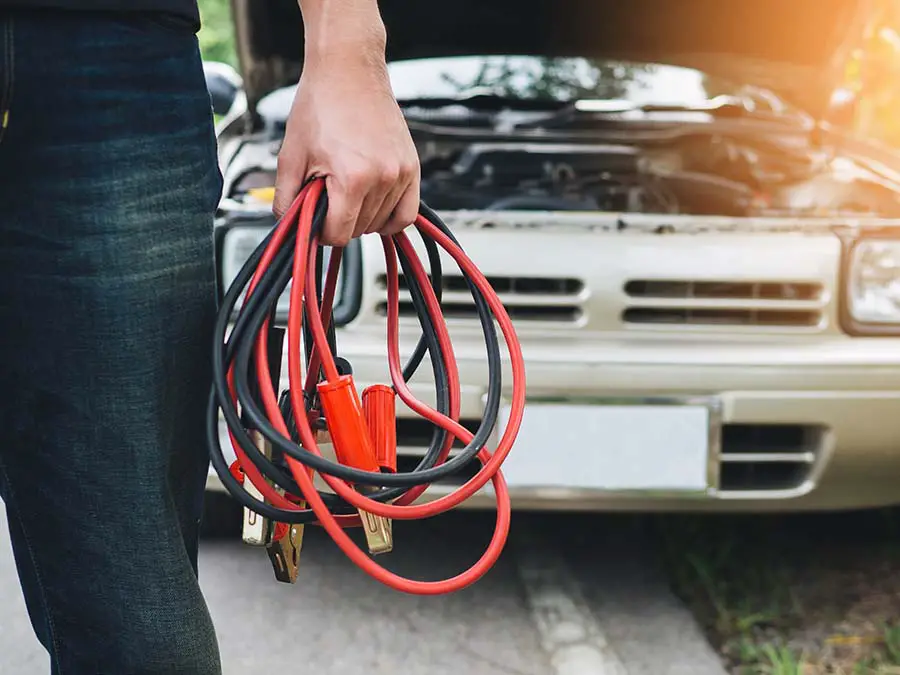
0 Comments